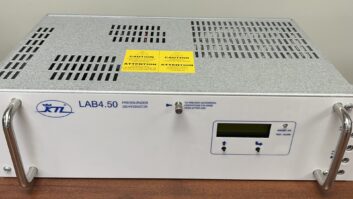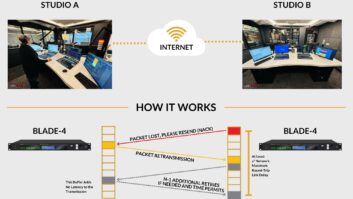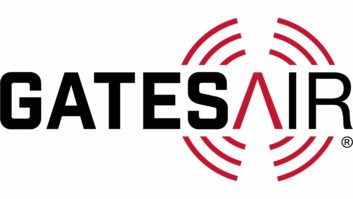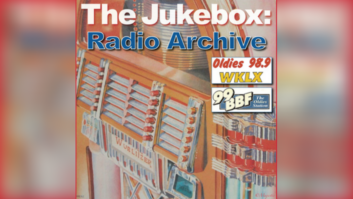There is way more computer power in my phone than there was in the Apollo lunar lander. My next car will almost certainly have multicore processors and hypervisors � it�ll run automotive-grade Linux (AGL) and have more connectivity than my radio station, which can run traffic system to playout and transmitter/facilities control on a fraction of the computing power that is under the hood. Just to rub it in, the car has more connectivity driving through the desert than my radio station could ever use.
The evolution in technology has made for smaller and smaller devices. Concurrently, transmission systems have shrunk but gained in complexity; transmitters and antennas are among the few devices still repaired in the field.

Intel divulged that its 10 nm technology chips will contain 100,800,000 transistors. Others announced anticipated dates for 7 nm chips.
Broadcast engineers fix and modify things. In the era of components and wires, every piece of equipment came with documentation and a source for parts, at least any proprietary or hard-to-obtain and replaceable element that we couldn�t get at the TV repair store. Generally, those steeped in electronics (the basic skill underlying broadcast engineering before information technology) could look at the schematic diagrams and deduce the operational basics even without a circuit description. Over time, the documentation became unwieldy and moved from print to compact discs and then websites� and finally disappeared altogether.
To be fair, the amount of equipment that can be modified and repaired has shrunk to almost nothing, with some notable exceptions. It does seem unlikely that transmitters will ever become disposable � at least transmitters of any size. Transmitters do live in a special high stress world, and the expectation is that they will remain serviceable over a period of time when their caretakers, owners and virtually everything else in the broadcast chain will turn over several times. We like transmitters, even though they have changed and we miss that exhilarating sense of deadly danger that existed with high voltage and, to a degree, even high-power, low-voltage, solid-state units.
At one time, a transmitter was a pile of parts and you used a large room for its cabinet. Later, they were mass-produced and put in their own boxes. Today, of course, they are smaller and lighter; and basically, you change out the modules the control computer tells you to when something goes wrong.
In fact and in principle, any recent transmitter is an Internet of Things appliance, not very different from the smart speakers that are quickly making the whole high-power analog transmission system irrelevant. You�ve always known the internet would prove to be the better delivery mechanism, even though it was hard to foresee that it would have a name like Alexa, or Google Home, and you asked it to �play W-whatever for me.�
I have an incredible set of skills � aligning cart machines, maintaining turntables, replacing transistors and chips, editing tape, matching output tubes and many more � that are antediluvian. Electronics became so complex and the functions once made digital were so invisible (bits on a bus rather than a characteristic coax to a connector) that documentation became irrelevant, component level repair ridiculous and modification became hacking.
At first, IT was understandable. Many a broadcast engineer learned to code. We all learned to network. Most of us know something about making things cybersecure. The only things that get less use than my soldering iron are my cart head height alignment gage and calibrated stereo phase alignment tapes.
I don�t for a moment think that broadcast engineering, or broadcast the business, will go away anytime soon. Nonetheless, what we broadcast engineers do will have a lot more to do with workflow, business cases and virtualization than hardware and hand skills.
What goes on under the hood is a lot less important than what happens behind the wheel.
The Wandering Engineer is an industry stalwart who has been in broadcasting since the days of Marconi and Tesla. He gives his thoughts on the current state of broadcast engineering and the broadcast engineer.







